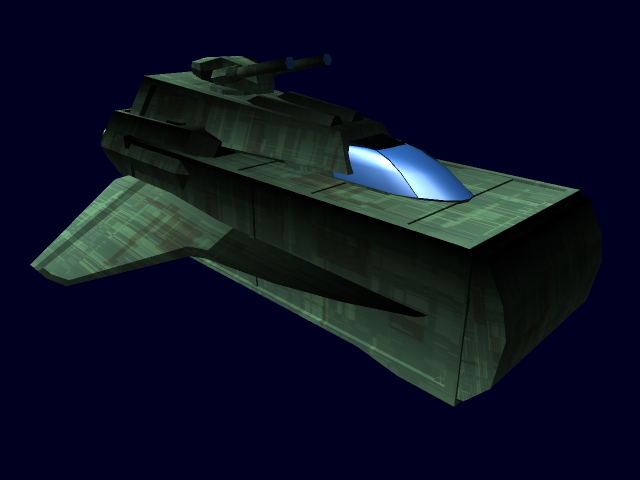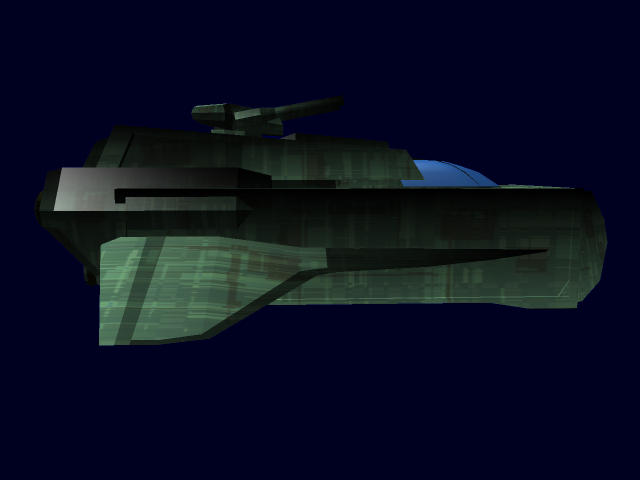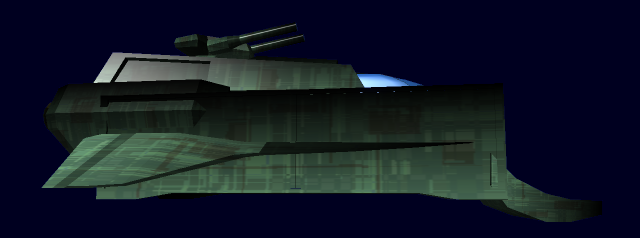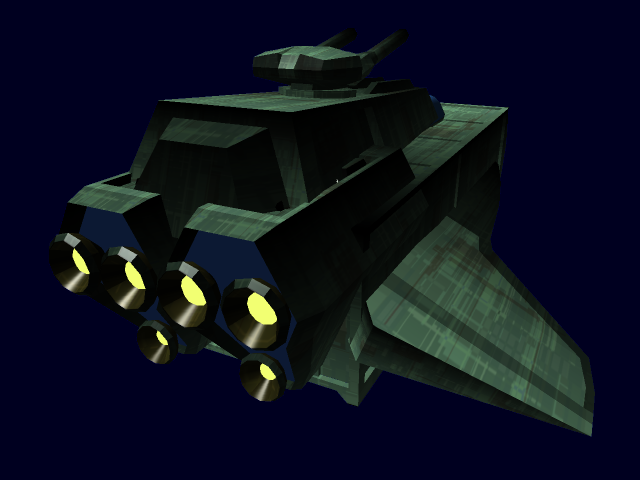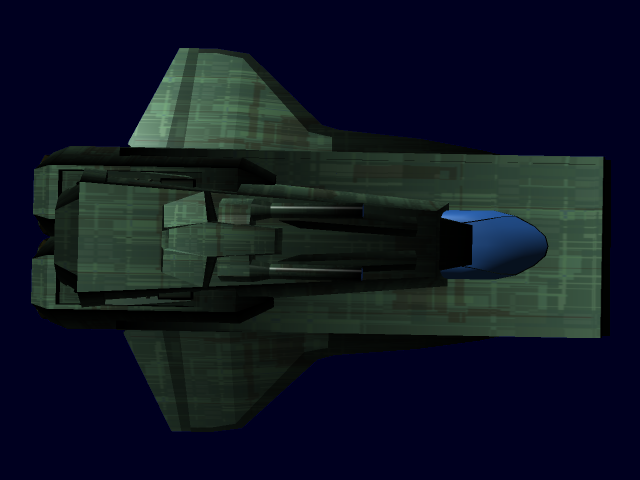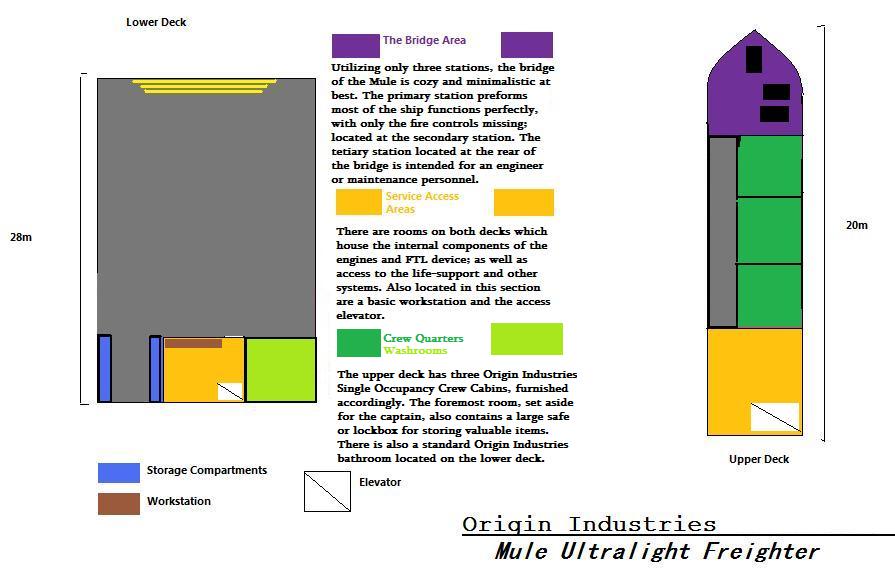Table of Contents
Mule Ultralight Freighter
Created for the little guy, the Mule is the realistic first step into the cargo transport industry, for entrepreneurs with a tight wallet.
About the Ship
Initially intended as a ship-to-ship utility craft, the Mule was eventually expanded into an ultra-light freighter, meant to carry small amounts of expensive devices or merchandise from system to system. With the implementation of the FTL devices and the crew quarters, the ship became useful in the private sector to all types of potential buyers, including civilian organizations and private owners.
Key Features
With its spacious cargo hold and small size, the Mule has the advantages of both the shuttle and the freighter. This allows small time businessmen to purchase it for use with their products, as well as providing an excellent growth opportunity for inter-station transport applications.
Mission Specialization
Due to its design, the Mule can easily be adapted to a number of transport applications.
- Ship-to-ship Supply Operations
- Interstitial Transport
- Small Business Cargo and Delivery
Appearance
The Mule is essentially a cargo container on wings. It's made up of what is, in effect, a large box with a bridge and living space tacked on. Its appearance heavily favors the large cargo hold, making it appear even larger in comparison to the rest of the ship.
History and Background
During his initial move closer to Origin Industries, designer Niel Strellan was backed up consistently with his personal belongings in tow. The smallest ship available to carry all of his things was far too large for the job. Thusly, the money spent to charter it was essentially wasted on all the empty space in the cargo hold of said vessel. During his expensive transition process, and idea dawned on Niel to design a cargo ship for the little guy. He dusted off an older design for a ship-to-ship resupply craft and began adapting it; making space for a Continuum Distortion Drive and basic living arrangements. Satisfied with his new idea, he pitched it to Origin on his first day, enthusiastically pushing it through the door, working with technicians and designers every step of the way.
Statistics and Performance
General
- Year Of Manufacture: YE 31
- Price: 24,000 KS
- Class: OI-L3-1A
- Type: Ultralight Freighter
- Designers: Niel Strellan, Origin Industries
- Manufacturer: Origin Industries
- Production: Up to 600
- Fielded by: Various Civilian Organizations, Private Owners
Passengers
- Crew: 3 operators are recommended, 1 is required.
- Maximum Capacity: There are accommodations for 3 people. About 90 people can fit aboard in an emergency, but the ship would be extremely cramped and the cargo hold would have to be emptied.
Dimensions
- Length: 28 meters
- Width: 24 meters
- Height: 12 meters
- Decks: 2
- Cargo Bay: 21x12x7 meters, extending back to the engineering section. The shelves and storage compartments in the rear can be taken out to add another 7×4 meter box to those dimensions.
For safety reasons, the Mule should be landed only in ships with no less than seven meters of clearance for every dimension. For an extra 750 KS, an attachment can be purchased for inner portion of the front section that acts as an airlock for cargo transfer in pressurized suits. This attachment consists of what is essentially a sliding metal shutter with rubber trim on every opening. It can be closed tightly enough so that the space between it and the front door can be unpressurized, re-pressurized, oxygenated, and so forth.
Propulsion and Range
- Hyperspace Fold Drive: .35 ly/min
- Continuum Distortion Drive: 10,000c.
- Twin Ion Thrusters: .24c.
- Range: Up to, but not exceeding nine months, assuming all non essential are disabled. Generally, six months.
- Lifespan: At least ten years.
- Refit Cycle: Annually
Damage Capacity
See Damage Rating (Version 3) for an explanation of the damage system.
- Tier 9, Heavy Mecha
Inside the Ship
Deck Layout
Compartment Layouts
Cargo Storage Areas
The cargo storage area for the Mule is very spacious for a ship of its size. With a wide expanse and a door large enough to fit most land vehicles, the cargo hold is useful to anyone in need of efficient storage of small amounts of material. Located in the rear of the cargo hold are shelves of smaller compartments for holding tools, straps, and even the personal belongings of passengers on the ship.
Passageways
The single hall on the Mule is thin and plainly colored. Despite it's narrow dimensions, the hall is easily navigated due to the sliding doors on all the rooms.
Ship Systems
Armored Hull and Hull Integrated Systems
The ship is constructed from mostly Durandium, made thin so as to allow more room for cargo. Because of this, the ship not offered very much protection in the case of attacks.
Power Source
Like most Origin ships, the Mule is powered by a mid-sized fusion reactor, using heavy water as a fuel source. It usually lasts for about six months when fully fueled. It can last up to nine months if all the unneeded systems are shut down.
Computers and Electronics
The Destiny AI "Knight" Suite is installed on the bridge, along with several smaller, more incidental systems such as: basic communications, lighting controls, artificial gravity controls, and a targeting computer; just to name a few. The presence of artificial gravity controls proves to be essential with the Mule, as it allows for easy moving of heavy cargo mid-flight.
Emergency Systems
The Mule usually contains one or two Origin Standard Escape Pods, located in a tiny bay above the engine, accessible from the engineering section in the rear of the ship.
Shields
The ship is equipped with a basic deflector system, to protect from wayward debris and radiation, etc.
Life Support Systems
The ship is equipped with basic air scrubbers and artificial gravity generators, in the form of Unidirectional Gravitational Plating. The basic model also has a cooling unit that can cool the ship for transporting perishable goods. An entire room-for-room climate control system can be purchased for an extra 4,200 KS. This system can keep the cargo bay cold and icy while maintaining a pleasant warmth throughout the upper decks.
Propulsion
The Mule is equipped with two large rear-facing ion thrusters and two smaller ones that pivot so as to maneuver the ship. These are not fast engines by any means, especially when the ship is fully loaded. However; they're constant acceleration and power is impressive, maintaining the same speeds even when the ship is fully loaded. This results in a smoother, slower ride– perfect for fragile cargo on the move. The ship is also propelled by a Continuum Distortion Drive and a Hyperspace Fold Drive. These devices are very basic and have a very small “bubble” which can at best be used to tow small objects near the ship.
Weapons Systems
- Twin Ionic Pulse Cannons: Upper Turret Emplacement, Tier 10, Light Anti-Starship
OOC Information
Original article by Kai. Yuuki updated to DRv3, approved here by Wes.
| Products & Items Database | |
|---|---|
| Product Categories | starships |
| Product Name | Mule Ultralight Freighter |
| Nomenclature | OI-L3-1A |
| Manufacturer | Origin Industries |
| Year Released | YE 31 |
| Price (KS) | 24 ,000.00 KS |
| DR v3 max | Tier 9 |
